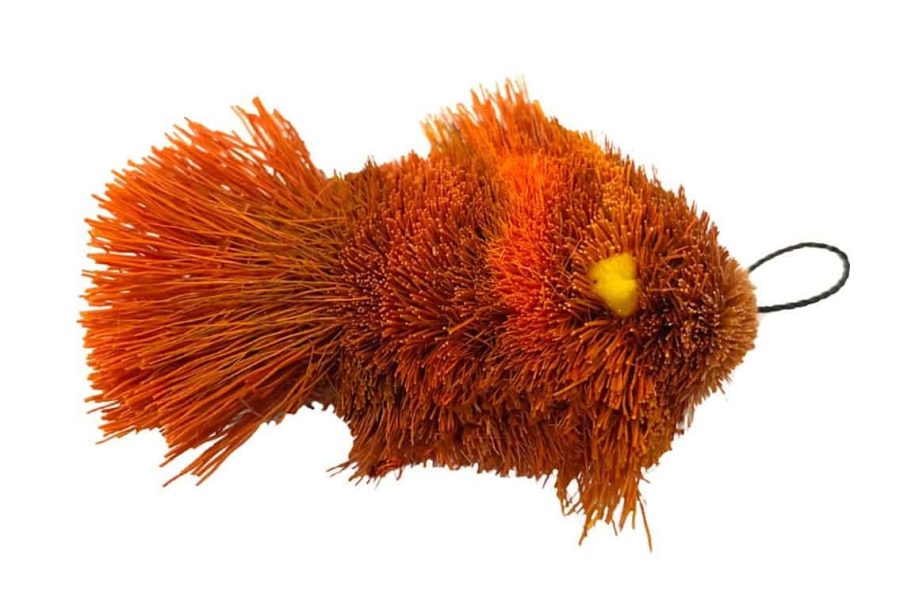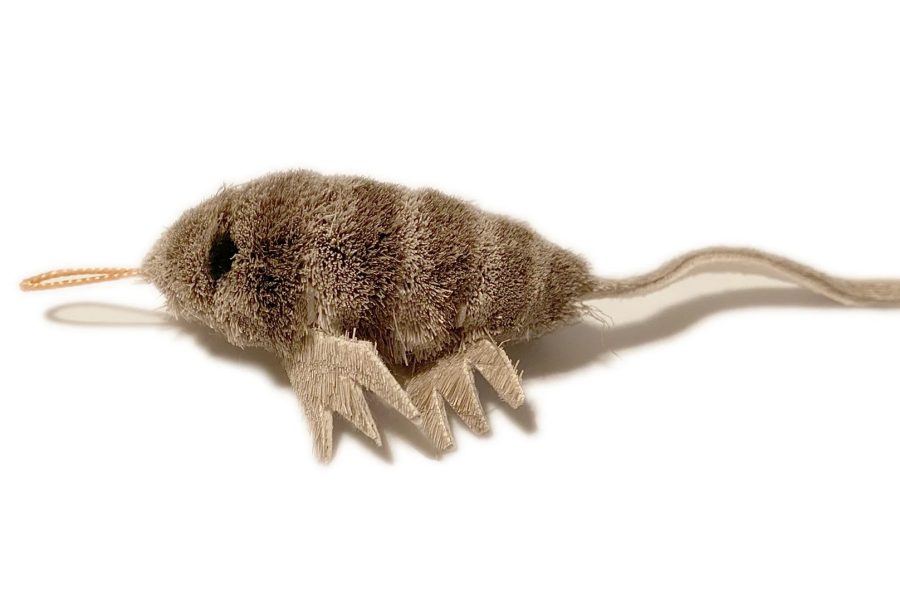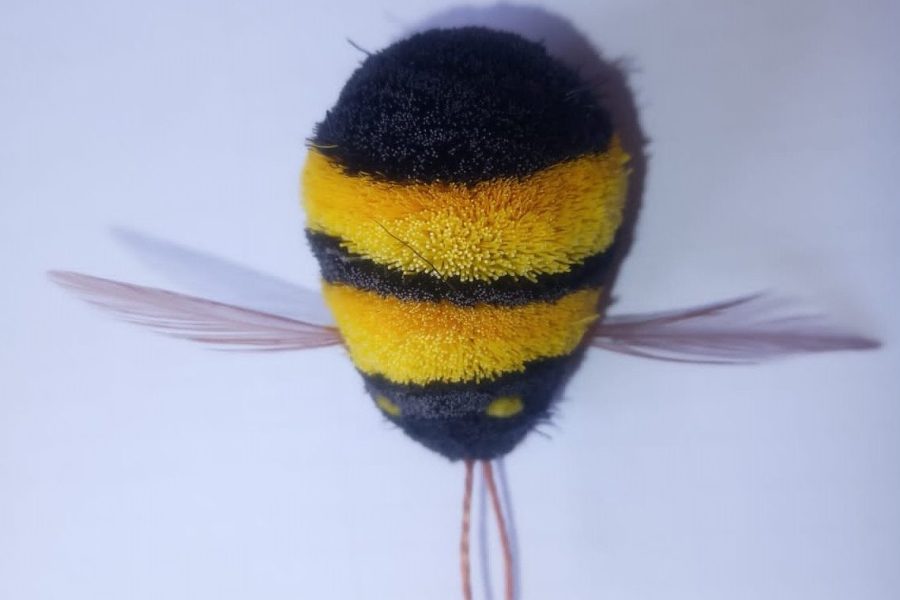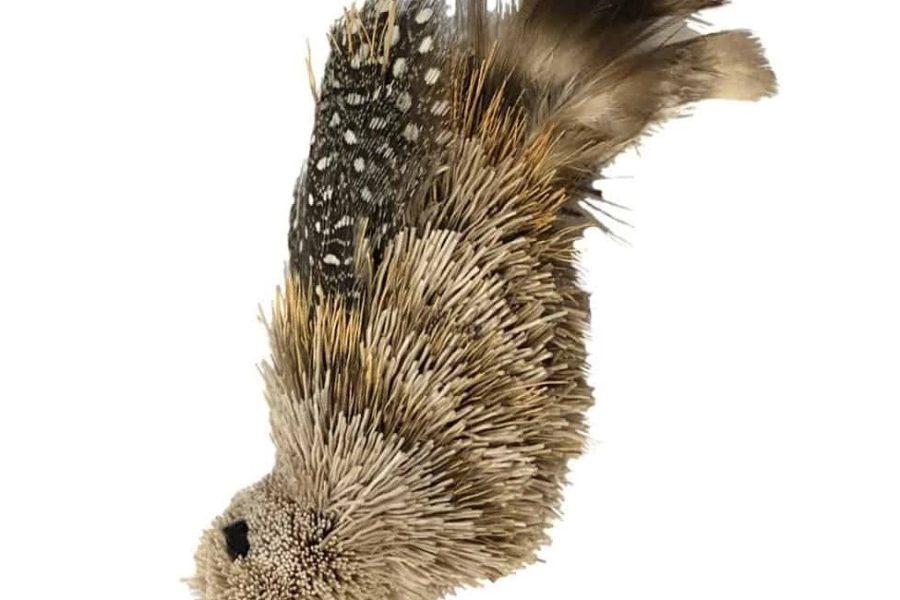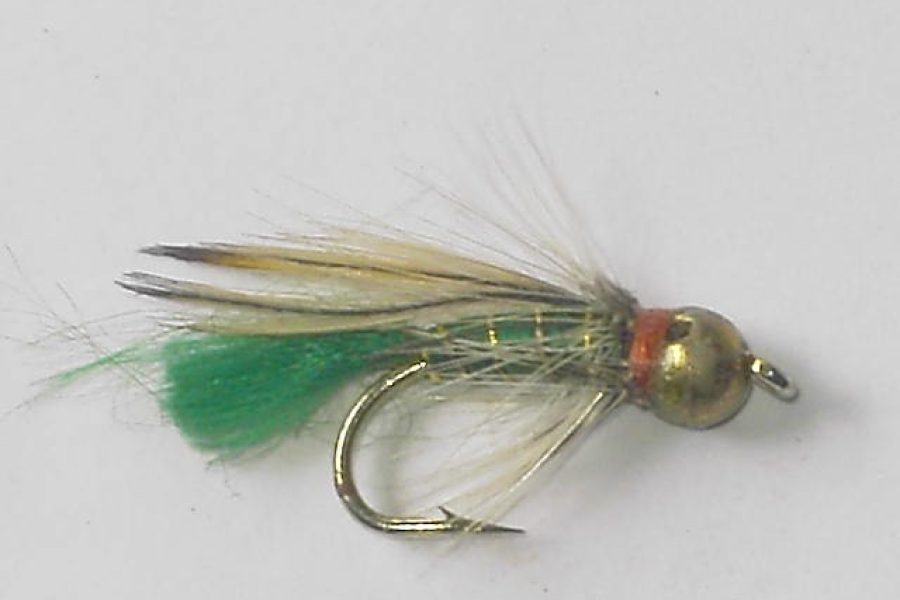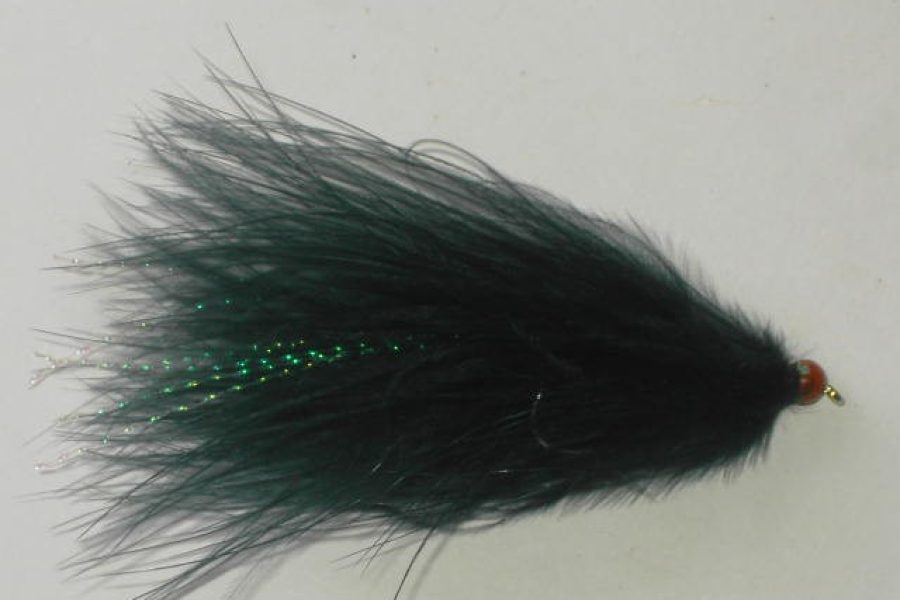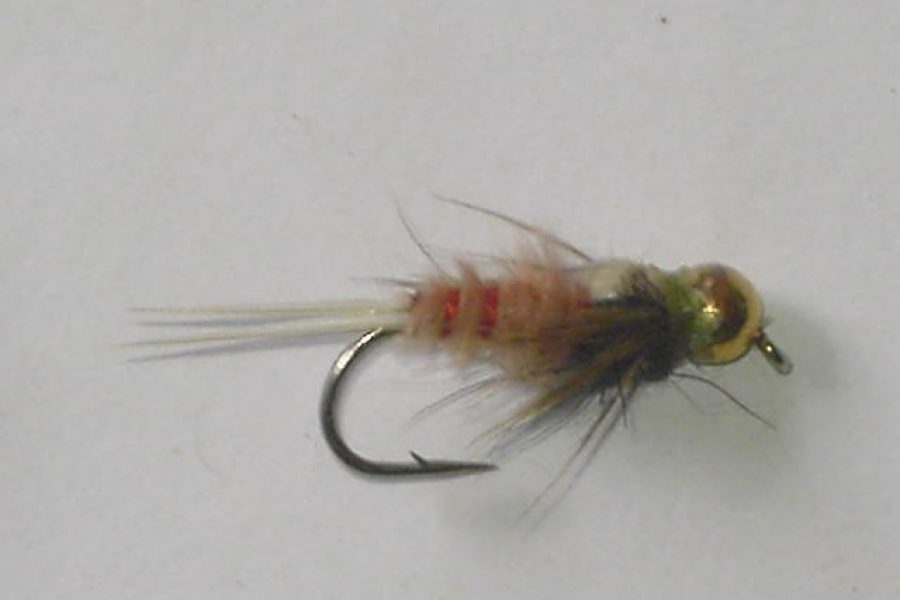Description
The Dead Stone Salmon Fly is a classic pattern that consistently entices aggressive salmon fish. Its lifelike profile and realistic colors trigger those instinctive feeding responses. This heavily weighted bullet head fly gets down deep where salmon lie in wait. Target those deep runs and holding pools with confidence
Don’t head out to salmon rivers without a supply of Dead Stone Salmon Flies. Add it to your cart now and get the results you desire.
Additional information
| Hook type | Barbed Hooks, Barbless Hooks |
|---|---|
| Hook size | 10, 12, 6, 8 |

